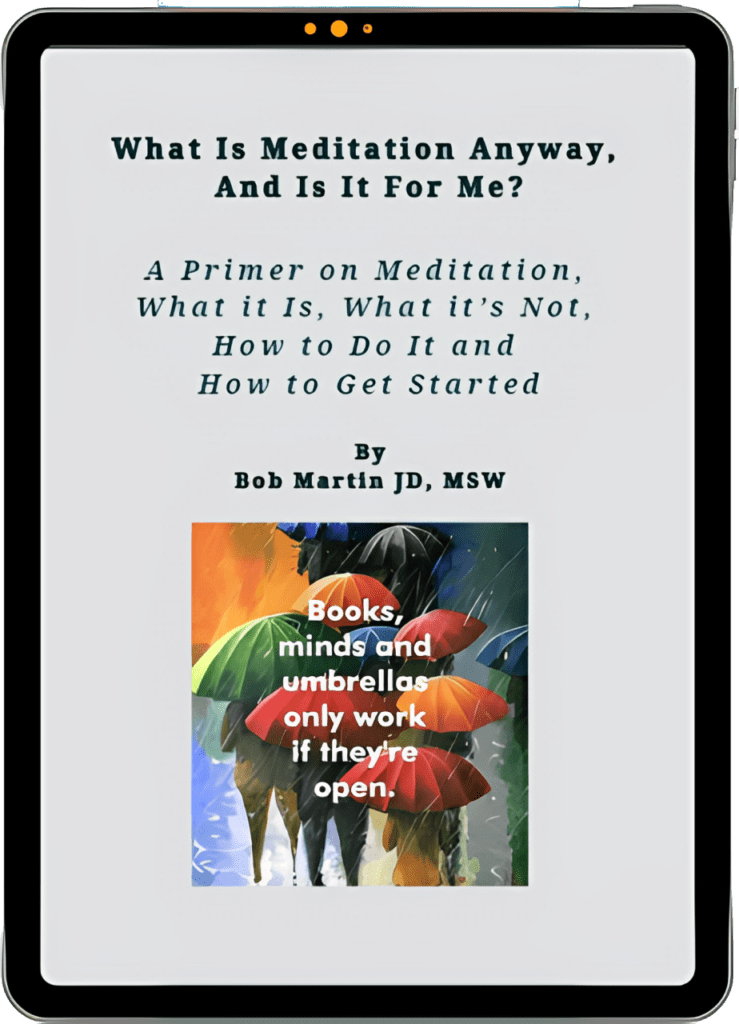Meditation as a Tool for Emotional Awareness
Meditation provides a structured way to explore and deconstruct emotions into their component parts. By practicing emotional awareness, we can better understand the relationship between thoughts and sensations and how they shape our experiences. Here are two specific practices that can help:
1. Body Scans
The Body Scan meditation is a practice that involves systematically bringing attention to different parts of the body. By doing so, we become more attuned to the physical sensations associated with our emotions. For instance, anxiety might manifest as a tightness in the chest, a fluttering in the stomach, or a clenching of the jaw. By focusing on these sensations without judgment, we begin to disentangle the physical aspect of the emotion from the narrative our mind creates around it.
2. Labeling Thoughts
Thought labeling is another meditation technique that involves identifying and naming the thoughts that arise during meditation. For example, if you’re feeling sadness, you might notice thoughts like “I’ll never be happy again” or “I miss that person so much.” By labeling these thoughts as “catastrophizing” or “longing,” you create a mental distance that allows you to observe them rather than being consumed by them.
Deconstructing Emotions to Reclaim Power
When we identify the thoughts and sensations that make up an emotion, we gain the ability to deconstruct it into manageable pieces. This process has several benefits:
- Increased Clarity: Recognizing the components of an emotion helps us understand what we’re really experiencing. For instance, what we label as “anger” might actually be a combination of frustration (a thought) and a rapid heartbeat (a sensation).
- Reduced Overwhelm: Breaking an emotion into smaller parts makes it feel less overpowering. Instead of saying “I’m angry,” you might say, “I’m experiencing a tight chest and thoughts of injustice.” This shift in perspective can make the emotion feel more approachable.
- Empowered Responses: Once we understand the components of an emotion, we can respond more skillfully. For example, if we notice that our sadness is driven by thoughts of self-criticism, we can challenge those thoughts or replace them with more compassionate ones.
The Freedom of Emotional Mastery
Working with emotions through meditation doesn’t mean suppressing or avoiding them. Instead, it’s about developing a new relationship with them. By identifying and deconstructing emotions, we free ourselves from the automatic patterns of reaction and gain the ability to choose how we respond. This process is not about diminishing the richness of our emotional life but about experiencing it with greater awareness and intentionality.
A New Way of Being with Emotions
Emotions, when broken down, are simply thoughts and bodily sensations. Meditation offers us a way to work with these components, transforming what once felt overwhelming into something we can approach with curiosity and care. Through practices like Body Scans and thought labeling, we not only learn to manage our emotions but also discover the profound freedom that comes from realizing we are not controlled by them. Instead, we are empowered to create a more balanced and intentional emotional life.
Imagine feeling more in tune with your emotions and responding with grace and clarity. Join our Koru Meditation Class and start creating that balance today—your journey begins here!



